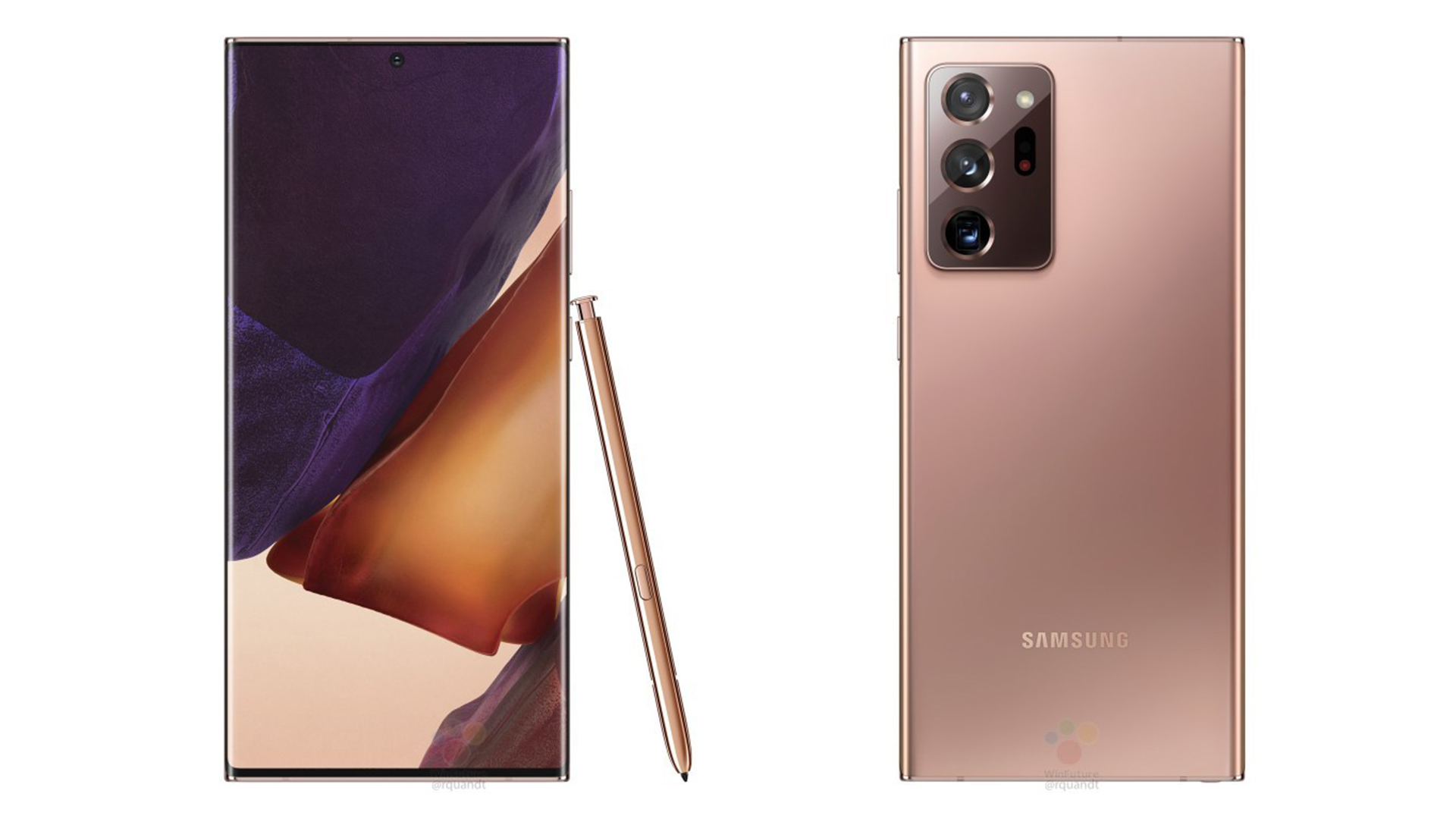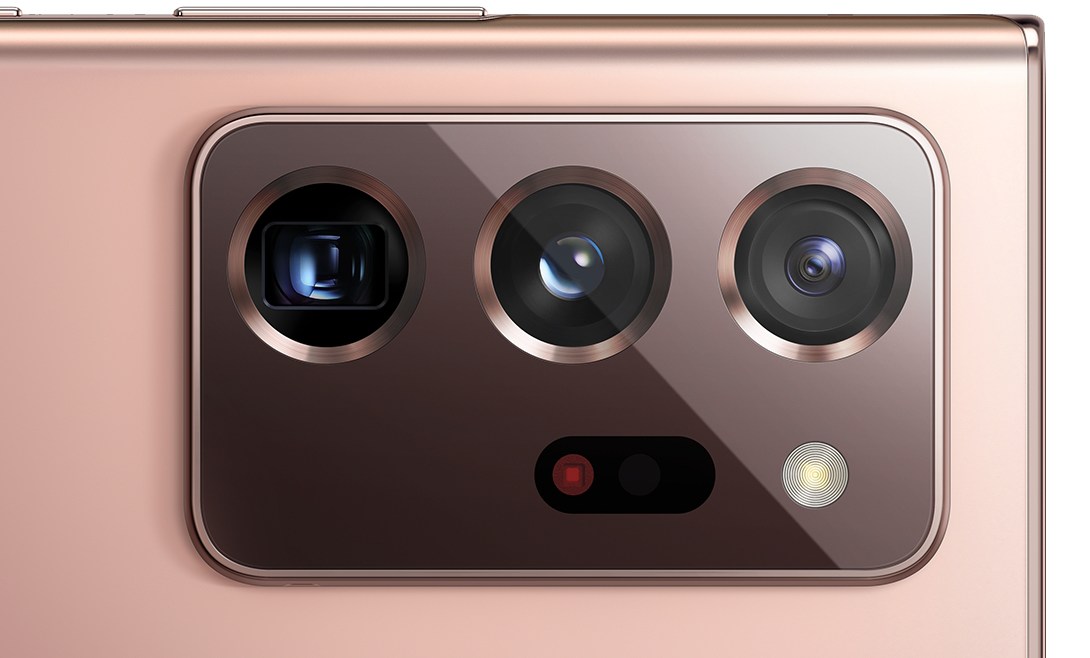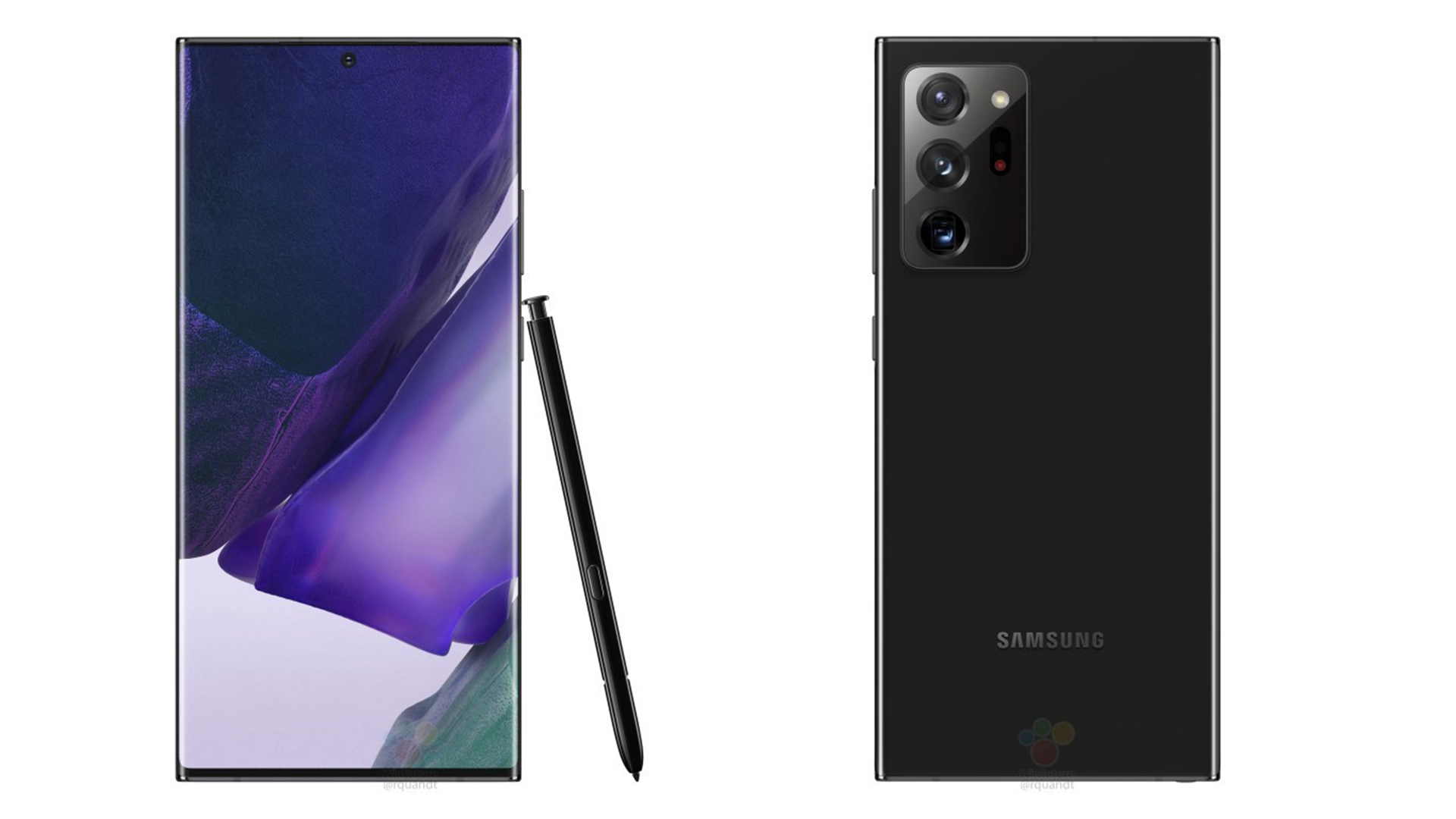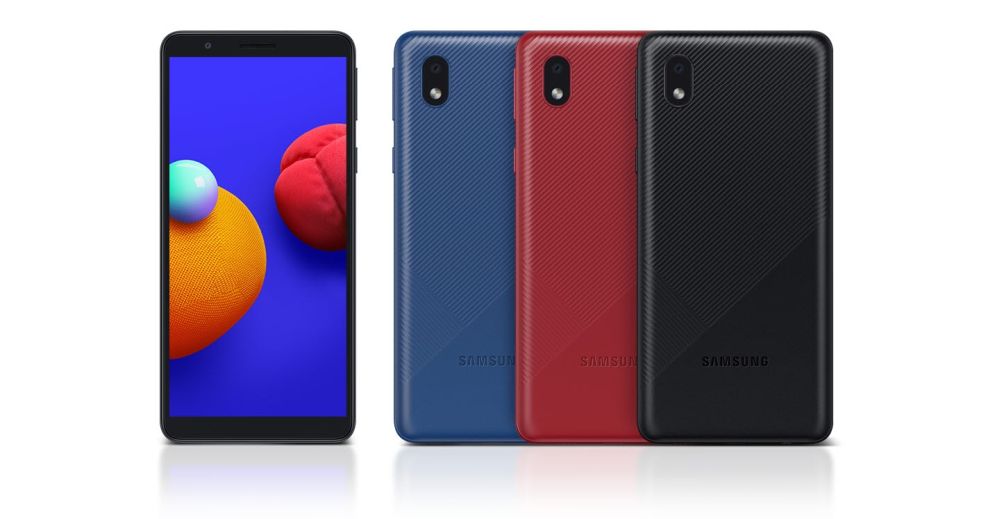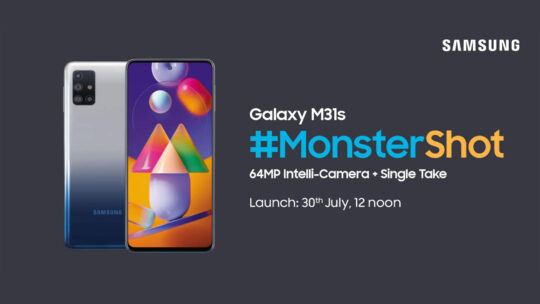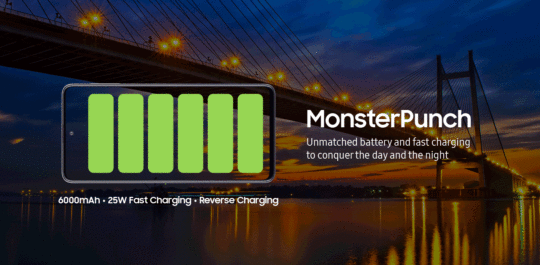There’s a lot of excitement for the Galaxy Z Fold 2 and with good reason. Even though the Galaxy Fold stumbled out the gate last year, Samsung put any doubts that critics had to rest with the Galaxy Z Flip. Its clamshell foldable is well built, durable and features a truly innovative hinge.
Some very complex engineering allows the Galaxy Z Flip to have a feature called Flex Mode. The feature lets you open the display at various angles between fully open and fully closed. I love this feature and I believe that bringing Flex Mode to the Galaxy Z Fold 2 would be Samsung’s biggest flex on its haters.
None of the leaks and rumors about the Galaxy Z Fold 2 have mentioned the possibility of Flex Mode so far, but many Samsung fans continue to keep their fingers crossed. They realize that Flex Mode on the new foldable device would increase the ease of use considerably. Samsung already has no competition in the foldable market and this one feature will put its foldables far above everyone else.
As we highlighted in our Galaxy Z Flip review, Flex Mode enables the device to become its own tripod. You can take photos and make video calls or just stuff your face at the desk while watching a YouTube video hands-free. All you need to do is prop it open at a 90-degree angle and place it right in front of your line of sight.
Smartphone owners just aren’t used to the level of convenience that comes with being able to adjust the angle of the screen towards you. We do this day in and day out with our laptops but it has never before been possible with a smartphone. Samsung opened our eyes to this possibility with the Galaxy Z Flip which is why the mere idea of having Flex Mode on the Galaxy Z Fold 2 is so exciting.
I have been impressed by how the Galaxy Z Flip’s hinge has retained its rigidity despite the device being used as a daily driver for over five months. Flex Mode has been used countless times for taking photos, watching content or just to adjust the screen angle when lounging around. It’s far from being a novelty and that’s what makes it such a great fit for the Galaxy Z Fold 2.
Flex Mode’s true potential will be unleashed with the Galaxy Z Fold 2’s large internal display, which some reports suggest measures 7.7-inches. Not only will it make it so much more comfortable to use the device but it’s also going to unlock a variety of new use cases for it. The Galaxy Z Fold 2 could be propped open on the desk like a mini-laptop or used as an exceptional gaming device that splits the controls and the visuals between the two halves.
It would also prove to be very useful for taking photos and videos at different angles and for capturing Hyperlapse video. Selfies could also be taken using the more powerful primary camera setup. Some of that is already possible on the Galaxy Z Flip and makes a world of difference. The Galaxy Z Fold 2 will be bigger and better than the clamshell which makes Flex Mode an even better fit for the device.
The ease of use that it will enable would be unmatched. You either fully open or fully close the Galaxy Fold’s display even if you just want to take a quick peek. Flex Mode could take away this limitation from the Galaxy Z Fold 2. You wouldn’t even need to break your step, just unfold it slightly, do what you need to do and move on.
If the Flex Mode does end up on the Galaxy Z Fold 2, Samsung would obviously bring new software experiences that take full advantage of it. The Galaxy Z Flip got apps that dynamically adjust to it, one can only imagine the possibilities with the larger display of the upcoming device.
I feel that it would be hard to disagree that Flex Mode won’t be useful on the Galaxy Z Fold 2 but there’s another reason why Samsung needs to bring it over. There’s no denying that the Galaxy Fold’s launch was botched and it got a lot of bad press, perhaps more than it deserved. Some expressed doubts about Samsung’s technology, others compared it to the Galaxy Note 7 fiasco. Once it began, it just snowballed, with some even suggesting that the device should be scrapped altogether. The hinge was one of the components that got a bad rap but if there were any doubts about Samsung’s engineering prowess, it took a sledgehammer to them with the Galaxy Z Flip’s Hideaway Hinge.
Not only is it more durable and better protected than what the Galaxy Fold has, but it also reaches a level of mechanical sophistication never seen before on smartphones. Flex Mode on the Galaxy Z Fold 2 would be Samsung’s biggest flex on its haters. Let’s not forget, the Z Fold 2 will be larger and heavier than the Z Flip. Samsung would need to engineer the heck out of the hinge to support the weight of its two halves and allow for enough rigidity that the display can be kept open at different angles. Those who felt Samsung was punching above its weight with the Galaxy Fold would have to eat their hats.
We’ll know for sure whether or not Flex Mode is making its way to the Galaxy Z Fold 2 on August 5 when Samsung unveils the device. It goes without saying that a lot of Galaxy Fold fans are expecting it. Flex Mode would feel like a natural evolution of this device’s capabilities. It’s going to add value and seeing as how the Galaxy Z Fold 2 isn’t expected to get a big drop in price, the more bang it can provide customers for their buck the better it will end up selling.
How do you feel about the possibility of Flex Mode on the Galaxy Z Fold 2? Do you think it’s something that Samsung should do? Share your thoughts with us in the comments below.
The post Samsung can flex on its haters by bringing Flex Mode to the Galaxy Z Fold 2 appeared first on SamMobile.
from SamMobile https://ift.tt/3eMuKPp
via
IFTTT


